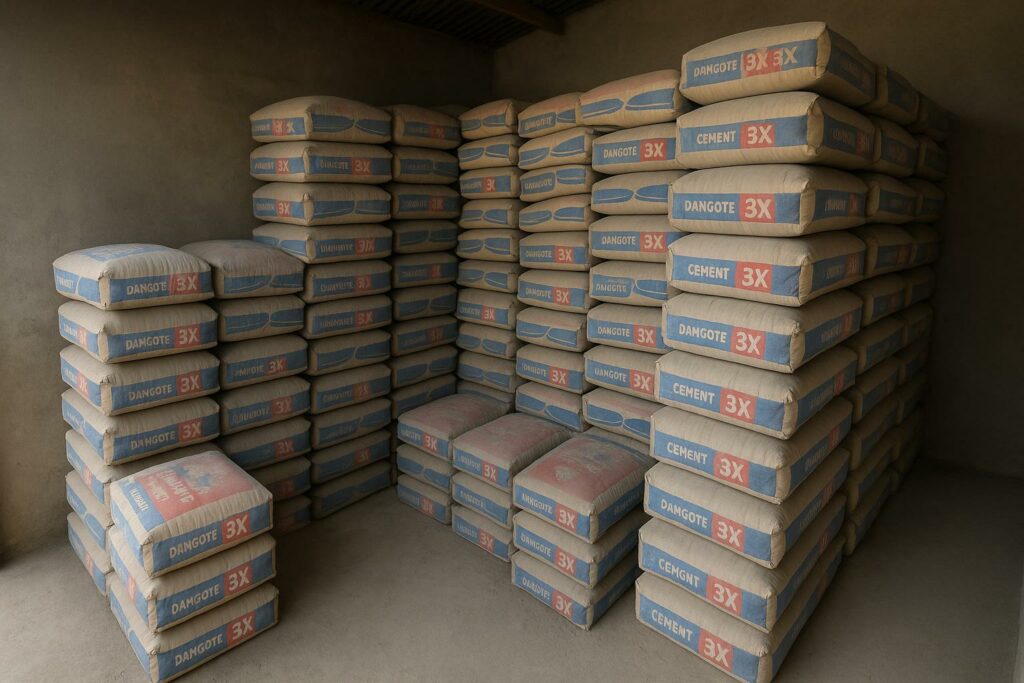Strategic Importance of Cement to Congo’s Diversification
In Congo-Brazzaville the cement sector has long been considered a critical lever for economic diversification, a priority enshrined in the 2022-2026 National Development Plan. As Minister of Industrial Development Antoine Thomas Nicéphore Fylla Saint-Eudes reminded delegates gathered in Brazzaville, “cement is the indispensable sub-strate of every road, bridge and public building; strengthening its value chain therefore strengthens the sovereignty of our productive base.” The country’s installed capacity—estimated at 3.2 million tonnes per year according to the African Development Bank—already exceeds domestic demand, offering immediate room for export expansion. Yet fragmentation, logistical bottlenecks and governance gaps have so far curtailed the sector’s full contribution to gross domestic product, which the Ministry places at barely 1.4 per cent in 2023. The forum aims to convert latent capacity into a competitive advantage.
Forum Proceedings and Stakeholder Expectations
Convened over two intensive days, the forum assembled senior policymakers, operators such as Diamond Cement and CIMAF, financiers from the International Finance Corporation, and technical partners from the United Nations Industrial Development Organization. Working groups examined cost structures, quality certification regimes and fiscal incentives, drawing on comparative case studies from Morocco and Ethiopia (UNECA, 2023). A draft communiqué seen by this newspaper proposes the creation of a single-window licensing mechanism and the digitalisation of customs procedures to cut border clearance times by 35 per cent in 2025. Investors welcomed the signal. “Predictability in permitting is worth more than any tax holiday,” noted René Nguimbi, regional director of a multinational logistics firm.
Regional Integration and Export Opportunities
The Central African Economic and Monetary Community (CEMAC) records a structural cement deficit of close to two million tonnes annually, a gap that Congo could help bridge under the African Continental Free Trade Area. Brazzaville’s proximity to the deep-water port of Pointe-Noire and to the rail corridor linking Gabon affords logistical advantages that neighbouring landlocked states lack. Government economists presented modelling scenarios suggesting that, with modest investments in bagging facilities and fleet modernisation, Congolese producers could increase exports to Cameroon, the Central African Republic and the Democratic Republic of Congo by 45 per cent over the next three years, generating an additional 120 million dollars in foreign exchange (AfDB, 2024). Such projections resonate with President Denis Sassou Nguesso’s broader agenda of enhancing regional supply-chain resilience.
Sustainability and Governance Challenges Ahead
Notwithstanding its promise, the industry faces pressing environmental and governance questions. The production of clinker is energy intensive, contributing roughly 7 per cent of Congo’s industrial carbon emissions (Ministry of Environment, 2023). To maintain alignment with the country’s commitments under the Paris Agreement, the forum endorsed a gradual substitution of clinker with supplementary cementitious materials such as pozzolana sourced from Bouenza. A pilot project supported by the Global Green Growth Institute will test a 15 per cent substitution rate next year. Participants also underscored the need for transparent allocation of limestone quarries, recommending an online cadastre and third-party auditing of royalties. Civil-society representatives took part in the debate, but the overall tone remained collaborative, reflecting a shared recognition that reputational risk could deter the long-term capital the sector seeks.
International Partnerships and Investment Signals
Signs of investor confidence were visible on the sidelines of the meetings. A memorandum of understanding was initialled between the Congolese government and a consortium led by Germany’s KfW for a feasibility study on waste-heat recovery technologies. Meanwhile, a Chinese engineering group expressed interest in upgrading the ageing Loutété plant, contingent on guaranteed access to natural gas from the offshore Marine XII field. Multilateral partners such as the World Bank highlighted the potential to integrate small and medium-sized enterprises into supply contracts, fostering inclusive growth. Observers note that the sector’s evolution is increasingly viewed through the prism of Congo’s ongoing negotiations for debt sustainability support, making demonstrations of sound governance all the more consequential.
Outlook for a Competitive and Resilient Hub
The Brazzaville forum closed with a call for vigilance and momentum. A steering committee chaired by the Ministry and including private-sector representatives will refine the strategic roadmap within 90 days, after which it will be submitted to cabinet for adoption. If implemented, the recommendations could lower domestic production costs by an estimated 8 per cent and raise the sector’s value-added contribution to 3 per cent of GDP by 2027. For diplomats following Central Africa’s infrastructure trajectory, the process offers an instructive case study in balancing industrial ambition with environmental prudence and regional solidarity. As one veteran analyst remarked, citing the dual imperatives of resilience and competitiveness, “cement may be grey in colour, but in Congo it is fast becoming a cornerstone of green, sustainable growth.”

